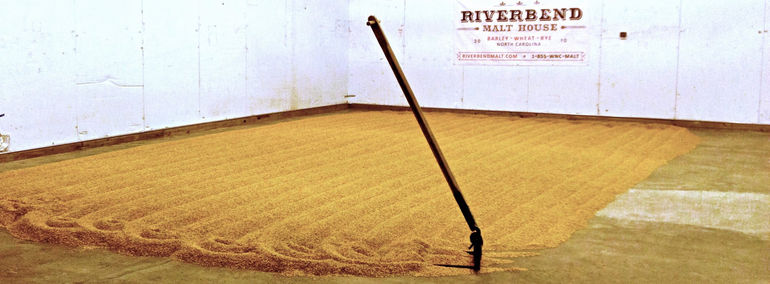Start 14-Day Trial Subscription
*No credit card required

American Malting and Grain Growing for Craft Beer

“As a brewer of rice beer I had to build a malthouse first because at the time no one else was doing that,” Eckert explains. He started roasting a variety of different rices -- light offerings such as biscuit rice and crystal rice as well as dark rice and the even darker gas hog rice. He brewed into a full spectrum of light to dark beers, including a hoppy black ale. “Colored rice malt adds interesting character to beers that wouldn’t exist otherwise,” he said.
To date, Eckert has six rice beers available at his malthouse and brewery, including a light lager and a dark lager, which are bottled and will eventually be kegged for local accounts. As far as the malt goes, Eckert will ship to any interested brewery or distillery, near or far.
“It’s been slow convincing people that you can brew with rice,” Eckert said. “The local homebrewers were very reluctant initially, but still curious. They had lots of questions. They pushed me more than anyone else has pushed me. Today homebrew stores purchase the majority of my malt.”
With support from experimental homebrewers and interest from several craft breweries and distilleries, Eckert’s rice is fundamentally changing the gluten-free brewing game. Not to mention his beers are broadening the scope of gluten-free products available on the market.
A Guild of Their Own
Alongside Colorado Malting, Riverbend Malt House, Grouse Malting and Roasting, and many others, Eckert has joined a new trade association for craft maltsters. He likens the North American Craft Maltsters Guild to the Brewers Association and statewide brewers guilds. He predicts a boom in membership. “Together we’re discovering we can do things that big malthouses don’t do, and we’re ending up with much more distinct, local beers,” said Eckert. “We’ve grown tremendously within the year I’ve been involved, taking on 20 or more new members.”
Colorado Malting’s Jason Cody agrees there’s plenty of blue sky when it comes to growth. “I really see craft malting and small malthouses like ours showing up in every nook and cranny. This is how beer used to be made -- what we’re doing is the roots of beer.”



